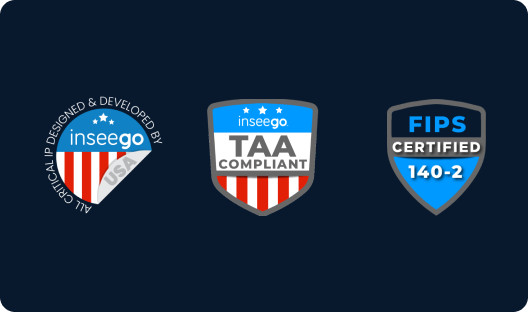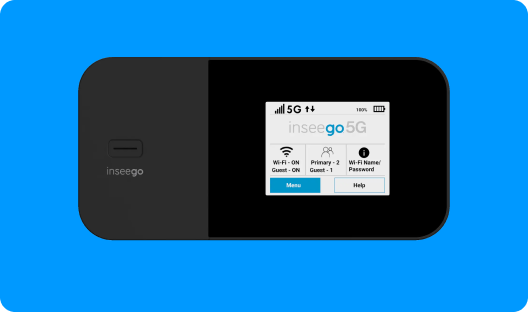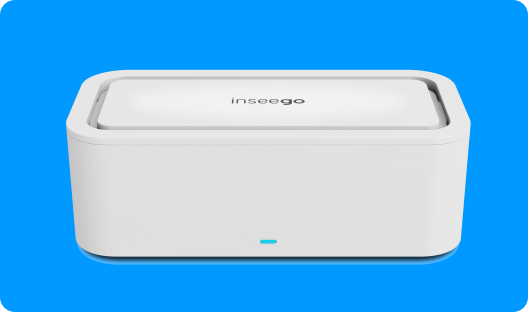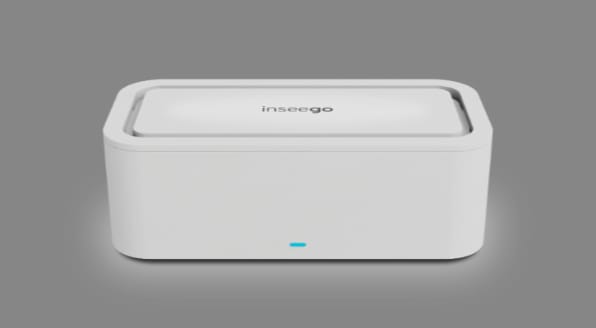More blog posts
View all blog postsPrivate Cellular Network
CBRS helps organizations leverage private cellular networks
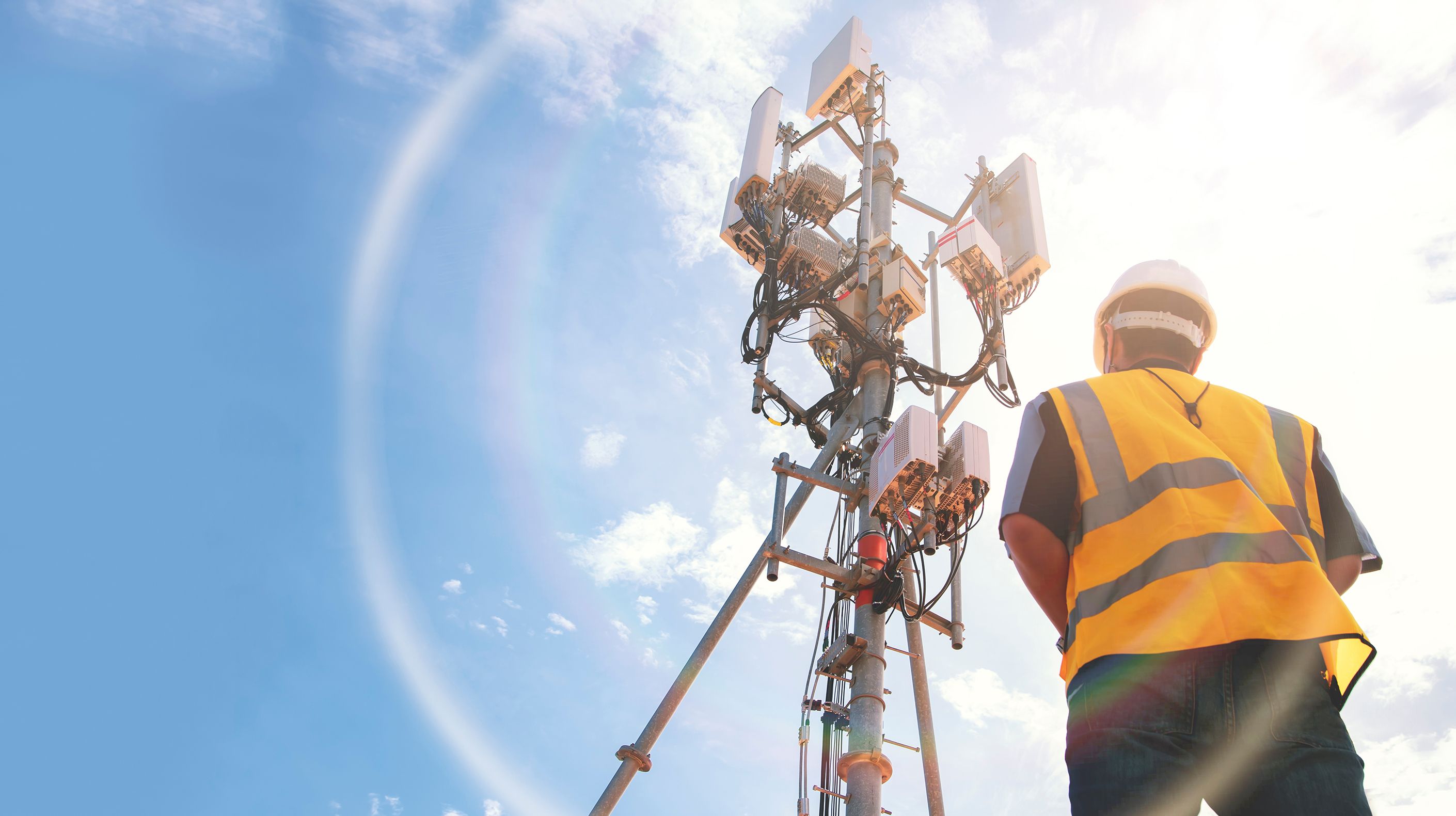
Private cellular networks are local area networks that are dedicated to one specific user or organization. Unlike public cellular networks, they are owned and operated by a single organization, granting it full control over the network and its performance, helping ensure secure, reliable, and high-performance cellular connectivity. And Citizens Broadband Radio Service (CBRS) is an ideal way for organizations to leverage the strengths of private cellular networks.
Private cellular network use cases
Private cellular network deployments can be invaluable in a range of industries and organizations, particularly in cases where a network must be both highly secure and highly reliable. Common use cases include:
Industrial IoT
Industrial IoT applications require reliable and secure cellular connectivity to ensure that dataflows are uninterrupted, as temporary lapses can be costly to both efficiency and, potentially, safety, particularly if workers are working in or around autonomous machinery.
Military/public safety
Military and public safety organizations require secure and reliable communications to ensure the safety of their personnel and the public, as their operations are often matters of life and death where decisions may need to be made in a split second.
Smart cities
Smart cities empower residents via a range of applications, from connected lighting to smart parking. And as every city’s layout and evolution will be different, being able to customize solutions to meet present and future needs is crucial.
CBRS has three tiers of authorization
The Citizens Broadband Radio Service (CBRS) is a wireless connectivity service that operates in the 3.55 GHz band to the 3.7 GHz band in the United States. The Federal Communications Commission (FCC) has allocated the CBRS band for shared use by federal and non-federal users and has established a three-tier authorization framework to facilitate this sharing. The three tiers are:
- Incumbent users: Entities that were using the frequency band prior to the CBRS rules being adopted in 2015, including federated wireless, radar, and satellite earth stations, the U.S. Navy, and grandfathered commercial wireless operations.
- Priority Access Licensees (PALs): Licenses that will be auctioned off in 10 MHz-wide channels and will have priority access to the spectrum over general authorized access (GAA) users.
- General Authorized Access (GAA): Unlicensed users will have access to the spectrum on a first-come, first-served basis, subject to interference protections for incumbents and PALs.
As this is a shared spectrum, the FCC mandated use of a Spectrum Access System (SAS) to avoid interference between the General Authorized Access (GAA) users, Priority Access License (PAL) users, and existing users of the CBRS spectrum. The system ensures that GAA users do not disrupt PAL or incumbent users, and PAL users do not disrupt incumbent users.
CBRS provides cost-effective, flexible, reliable access to licensed spectrum
CBRS allows private organizations to deploy their own dedicated cellular networks, without the need for service providers, via a licensed spectrum from the FCC.
The benefits of CBRS include:
- Cost-effective: CBRS spectrum is much cheaper than traditional cellular spectrum, enabling organizations to deploy their own high-performance network at a fraction of the cost of traditional cellular networks.
- Flexibility: Organizations can use the CBRS spectrum to not only deploy networks but tailor those networks to meet their specific needs.
- Reliability: CBRS networks are secure and reliable, ensuring organizations have dependable access to the network.
Setting up a private cellular network using CBRS
CBRS is a valuable tool for businesses, allowing them access to the 3.5 GHz band to create their own enterprise networks.
Step 1: Register with FCC
The first step in setting up a private cellular network using CBRS is to register with the Federal Communications Commission (FCC). The FCC will provide a unique ID number that must be included in the CBRS network registration. You will also need to provide information about your business and the type of network you plan to set up.
Step 2: Select spectrum band
Once you have registered with the FCC, you will need to select the spectrum band you want to use for your network. CBRS operates in the 3.5 GHz band, which is divided into three frequency ranges: Priority Access Licenses (PAL), General Authorized Access (GAA), and Shared Access (SA).
Step 3: Purchase equipment
The next step is to purchase the necessary equipment for your private cellular network. This includes base stations, antennas, and other components. You may also need to purchase or lease spectrum from a spectrum provider.
Step 4: Configure network
Once you have the necessary equipment, you will need to configure your network. This includes setting up base stations, antennas, and other components to create the desired coverage area. You will also need to configure the network to use the selected spectrum band.
Step 5: Test network
After the network has been configured, it is important to test it to ensure that it is functioning properly. This includes testing the coverage area to ensure that it is providing the desired coverage, as well as testing the data rate and latency of the network.
Step 6: Launch network
If testing confirms that the network is functioning properly, it is ready to be launched. You will need to register the network with the FCC and then you can launch it. Once the network is launched, you will be able to provide wireless coverage to your customers.
5G and 4G LTE also support private cellular networks
Private 5G and Private LTE can also be used to deploy dedicated wireless networks that provide a secure network connection for businesses or other organizations.
Private 5G and Private LTE networks are designed to provide low-latency, high-speed, and more secure connections than public networks and can be used for a variety of applications, including IoT devices, industrial automation, and critical infrastructure. These private networks are typically secured with end-to-end encryption, which makes them much more difficult for hackers to penetrate. They also offer more control over the user experience, enabling organizations to tailor the network for their particular use case.
Inseego enables private network deployment
Private cellular networks are increasingly important for many organizations in a variety of industries, and CBRS is an excellent option for a private network. Deployment is cost-efficient, and these high-performance networks, when properly supported by the right hardware and connectivity devices, are reliable, secure, and highly customizable.
Inseego enables deployment of high-performance, private cellular networks with a variety of products and solutions that provide secure, reliable, and high-speed access to central networks from remote locations. And Inseego can help your business deploy private networks in many different environments with outdoor CPE access points, indoor industrial-grade gateways, and 5G cellular routers.
All Inseego offerings are equipped with all the features needed to deploy a secure and reliable network, including firewalls, VPNs, and encryption. They also provide advanced traffic management and optimization, which helps ensure that data is transmitted quickly and efficiently. Additionally, Inseego's 5G cellular routers can be used to create private cellular networks for a variety of business applications, such as 5G IoT networks, industrial automation, and digital signage.
Contact us to learn more about how we can help you deploy a private cellular network.


